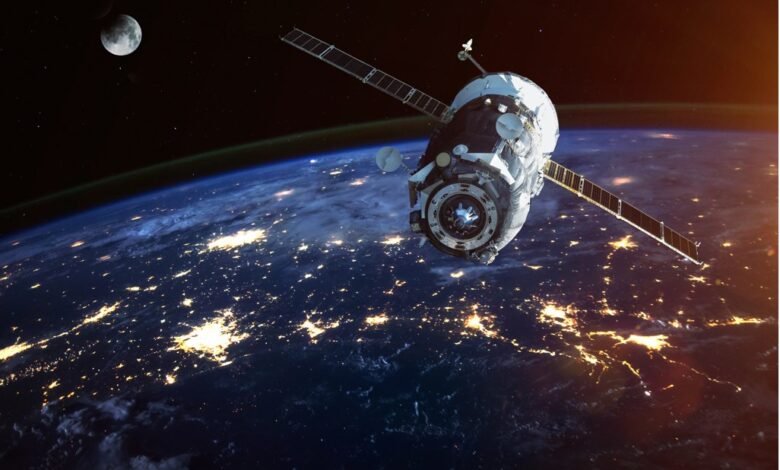Power of Hyperspectral Satellites in Resource Exploration

In the evolving field of resource exploration, hyperspectral imagery is transforming our understanding and utilisation of Earth’s resources. Leading this advancement is Pixxel, offering cutting-edge hyperspectral satellites and the analytical tools to mine insights from that data offering vital insights for a range of applications.
The Arrival of Hyperspectral Imagery
Hyperspectral imaging is a groundbreaking advancement in remote sensing. Unlike traditional imaging techniques that only capture a few discrete spectral bands, hyperspectral imaging captures an extensive and continuous range of wavelengths, providing a detailed spectral signature for objects and landscapes on the Earth’s surface. This technology enables precise identification and analysis of various materials and events with unprecedented accuracy.
Mineral Identification and Mapping
Hyperspectral imagery has revolutionised mineral exploration thanks to its ability to detect distinctive spectral signatures on Earth’s surface, allowing for precise identification of various minerals. This technology is particularly useful in mapping mineral deposits in remote areas, greatly enhancing efficiency.
A notable study conducted by Wan et al. (2021) utilised hyperspectral remote sensing to investigate polymetallic deposits in China. By combining aerial images, ground spectrum tests, and high-resolution satellite imagery, they achieved an impressive 80% accuracy and 81% recognition rate for the primary ore body. This example highlights how hyperspectral imagery can accurately locate mineral deposits, significantly improving exploration strategies and efficiency.
Mapped results from polymetallic deposits in China (Source)
Advancing Hydrothermal Alteration Mapping
The use of hyperspectral imaging satellites has also been applied to the identification of hydrothermal alteration within rocks, which may indicate the presence of valuable mineral deposits.
A recent study utilised remote sensing techniques and data from ASTER and Hyperion to map hydrothermally altered zones in Southeast Rajasthan. The results demonstrated the effectiveness of using band ratios and image processing to delineate these alteration zones, further showcasing their usefulness in mineral prospecting efforts.
This serves as an example of how advanced and precise remote sensing techniques can improve the process of identifying potential mineral-rich areas by greatly reducing the need for time-consuming ground exploration.
Environmental Disturbance Assessment
A key feature of Pixxel’s hyperspectral satellites is their ability to monitor and analyse environmental disruptions. By detecting even small alterations in the composition of land and water, these satellites provide early detection of issues such as pollution and deforestation. Having this information promptly allows for effective intervention measures and supports conservation initiatives. By protecting the environment and its state it enables the possibility of future resource exploration.
Identifying Rare Earth Elements
Hyperspectral imaging is a game-changer in identifying rare earth elements crucial for modern technology. A study in Norway’s Fen Complex used this method to effectively map areas rich in these valuable elements. This technology simplifies the search for rare earth elements, reducing the need for extensive fieldwork and providing a more environmentally friendly approach to exploration.
Precision in Geological Surveys
Hyperspectral satellites can gather the highest resolution satellite imagery that greatly improves the accuracy of geological surveys. By offering in-depth information on the composition and structure of the Earth’s surface, these satellites aid in making more precise and knowledgeable decisions regarding resource exploration and land management.
Unique Features of Pixxel’s Satellites
Pixxel’s hyperspectral satellites stand out due to their ability to gather data across more than 250 wavelength bands, surpassing the capabilities of traditional satellites. This unique feature enables a thorough examination of diverse materials and occurrences, such as mineral deposits and vegetation proxies.
Furthermore, with global coverage and daily revisits, clients have access to the most up-to-date and comprehensive data, a vital aspect in the ever-changing realm of resource exploration.
If you’re looking to incorporate advanced hyperspectral imaging technology into your exploration or monitoring projects, reach out to Pixxel’s sales team to find out how their hyperspectral imaging satellites can improve operations and decision-making processes.



